Introduction
Welcome to the ultimate guide on how to revolutionize your gardening experience by maximizing plant growth with grow bags. Whether you’re a seasoned gardener or just starting out, this comprehensive guide will equip you with the knowledge and techniques to enhance your gardening skills and achieve outstanding results.
In this article, we will explore the various aspects of using grow bags in your garden. From understanding their benefits and choosing the right grow bags to practical tips and tricks for optimal plant growth, we’ve got you covered. So, let’s dive in and discover how grow bags can transform your gardening endeavors.
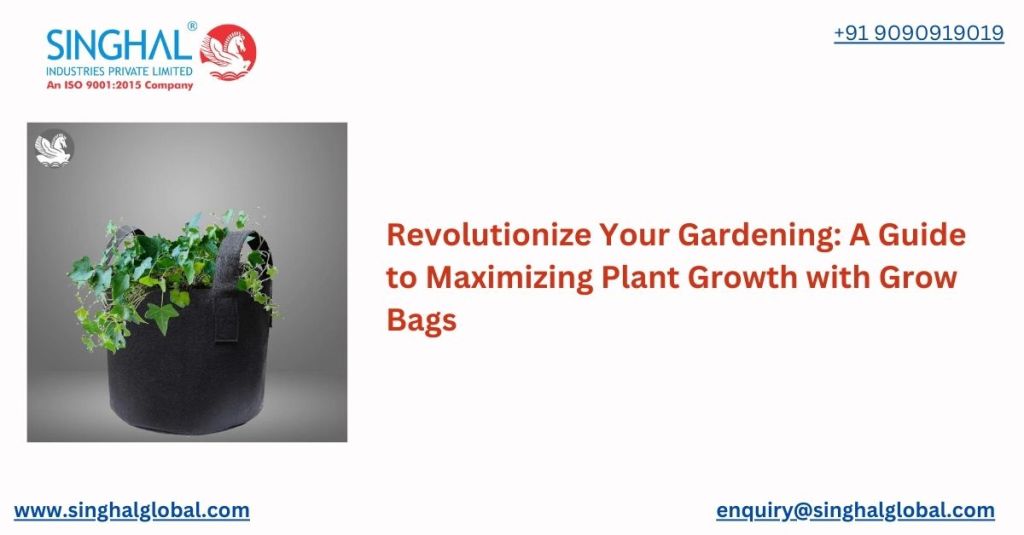
Benefits of Using Grow Bags
Using grow bags in your gardening practice offers a multitude of benefits that can significantly enhance the growth and productivity of your plants. Let’s explore some of these advantages:
Enhanced Root Aeration: Grow bags for plant are made from breathable materials that allow air to reach the plant’s roots. This promotes better oxygen circulation, preventing root rot and promoting healthier root development.
Improved Drainage: The porous nature of grow bags ensures proper drainage, preventing waterlogging and associated issues such as root suffocation. Proper drainage helps maintain optimal moisture levels for plants, reducing the risk of overwatering.
Temperature Regulation: Grow bags can help regulate soil temperature more effectively than traditional containers. They insulate the roots, protecting them from extreme temperature fluctuations and creating a favorable environment for plant growth.
Prevents Root Circling: Unlike solid containers, grow bags prevent root circling by air-pruning the roots. This leads to the development of a denser root system with more root tips, resulting in stronger and healthier plants.
Portable and Space-Efficient: Grow bags are lightweight and portable, allowing you to move them around your garden as needed. They are also space-efficient, making them an ideal choice for small gardens, balconies, or urban gardening.
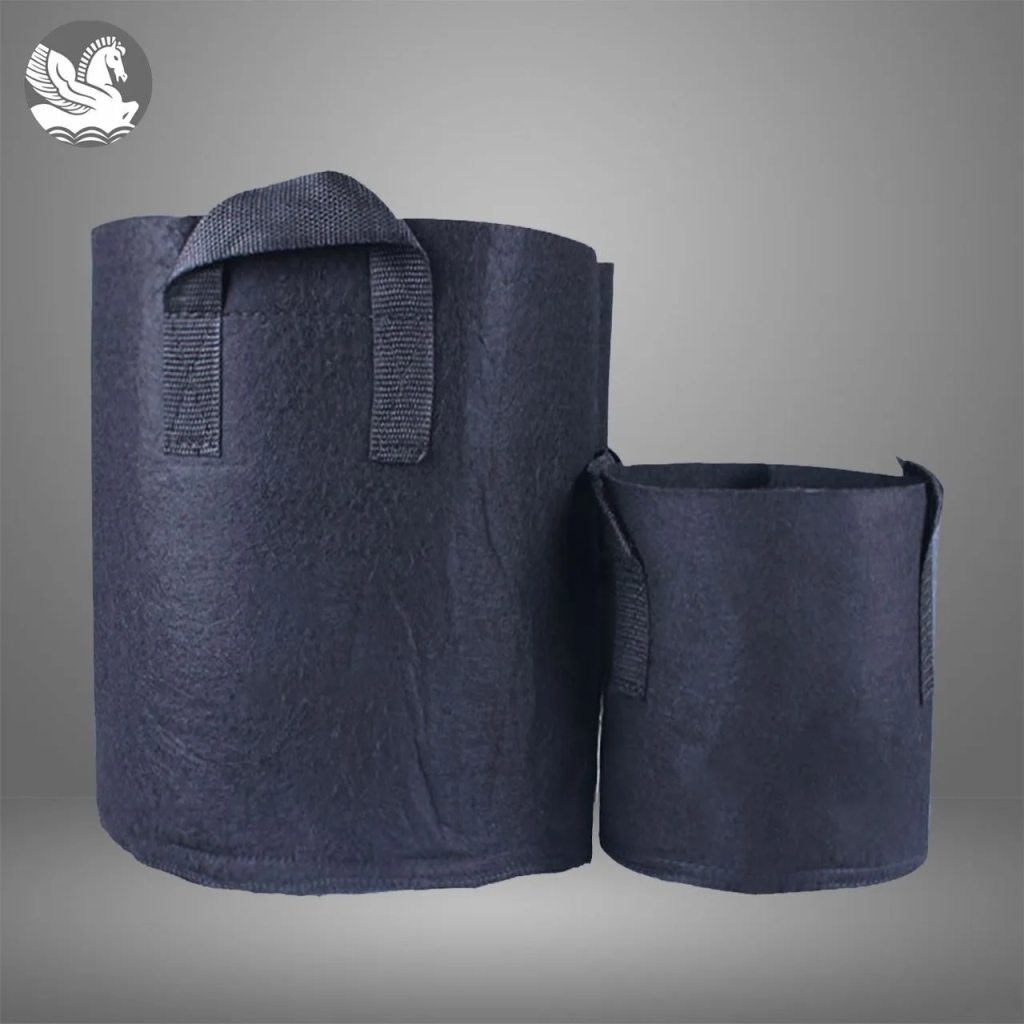
Versatile Growing Medium: Grow bags can be filled with a variety of growing media, including potting soil, compost, or specialized mixes. This versatility enables you to create the perfect growing environment for different types of plants.
Eco-Friendly and Sustainable: Many grow bags are made from recycled materials, making them an eco-friendly option for sustainable gardening. By choosing grow bags, you contribute to reducing plastic waste and promoting a greener planet.
Choosing the Right Grow Bags
When it comes to selecting the right grow bags for your gardening needs, considering a few key factors can make a significant difference in plant growth and overall performance. Here are some essential considerations:
Material Quality: Opt for high-quality grow bags made from sturdy and durable materials. Look for bags with UV resistance to ensure longevity and prevent degradation due to exposure to sunlight.
Size and Capacity: Choose grow bags that provide adequate space for the plants to grow and spread their roots. Consider the mature size of the plants and select bags with sufficient capacity.
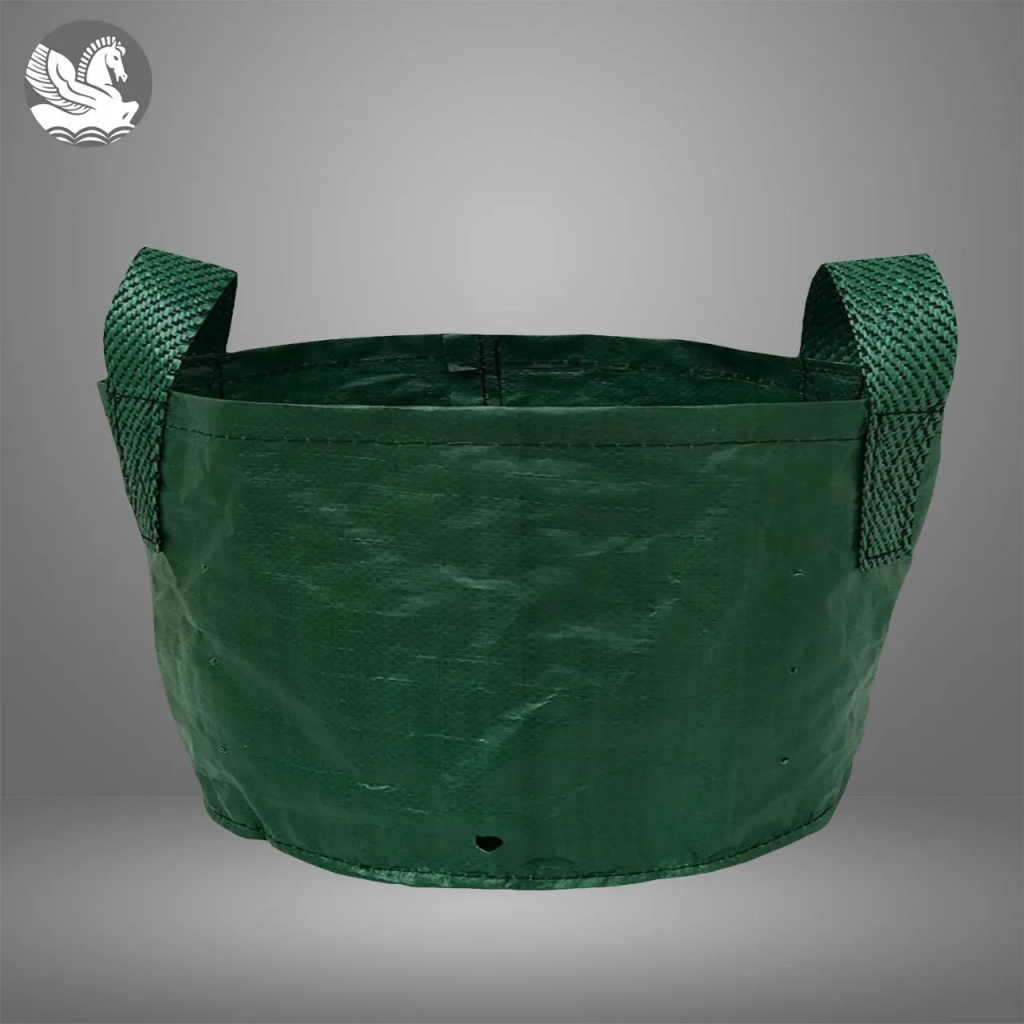
Handles and Portability: If portability is a requirement, select grow bags with sturdy handles that allow for easy movement. This is especially useful if you plan to relocate the bags depending on sunlight or weather conditions.
Drainage Holes: Ensure that the grow bags have sufficient drainage holes at the bottom to facilitate proper water drainage. Good drainage prevents waterlogged soil, preventing root rot and fungal diseases.
Aeration and Breathability: Look for grow bags with breathable fabric that allows for proper air circulation. This promotes better oxygen exchange, preventing anaerobic conditions and promoting robust root development.
Root Temperature Regulation: Consider grow bags with insulation properties that can help regulate soil temperature. This is particularly important in regions with extreme weather conditions.
By considering these factors and selecting the appropriate grow bags, you can optimize the growing conditions for your plants and set them up for success.
Preparing Your Grow Bags
Preparing grow bags before planting ensures an optimal growing environment for your plants. Follow these steps to prepare your grow bags effectively:
Clean the Grow Bags: If you’re reusing grow bags from the previous season, make sure to clean them thoroughly. Wash the bags with mild soap and water to remove any debris, pathogens, or residual salts.
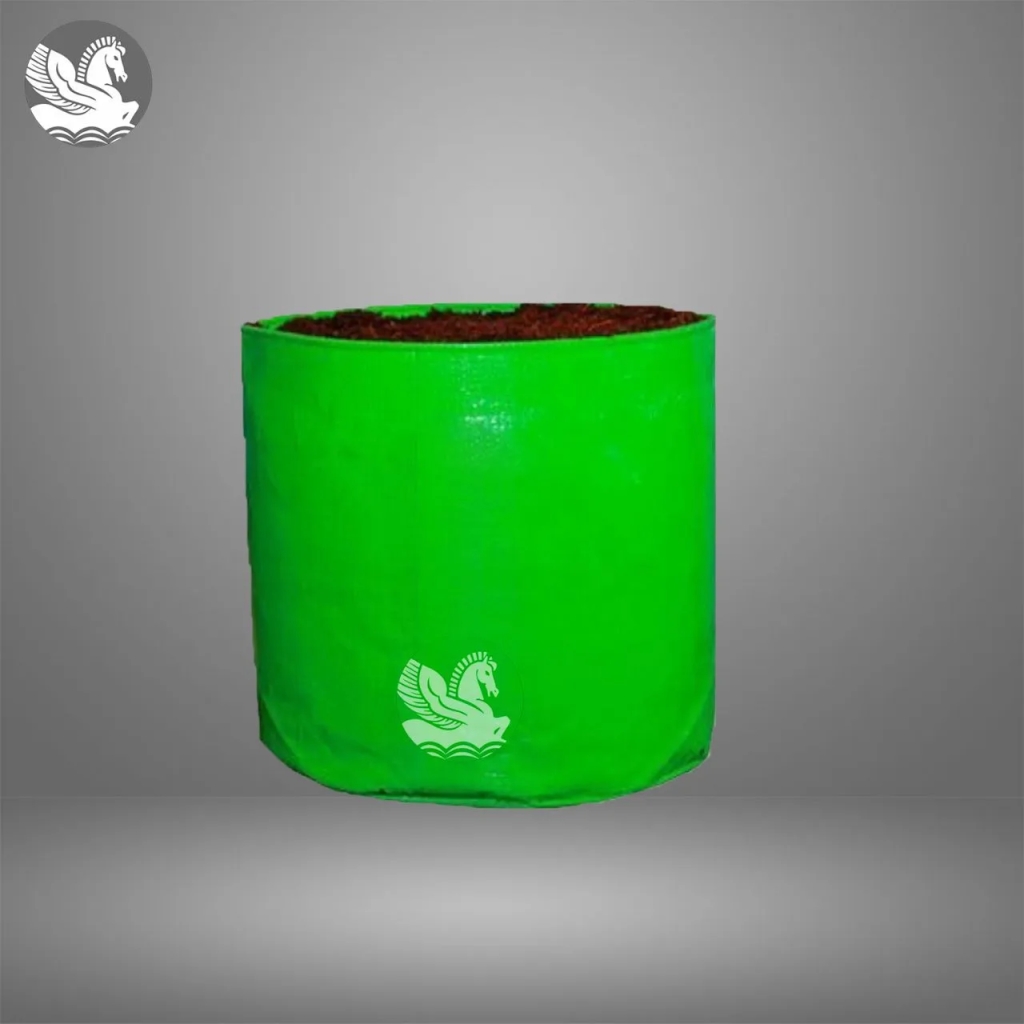
Sterilize if Necessary: If you encountered any pest or disease issues in the previous season, it’s advisable to sterilize the grow bags. Soak them in a solution of 10 parts water and 1 part bleach for 10 minutes, then rinse thoroughly.
Fill the Grow Bags: Fill the grow bags with a suitable growing medium, such as a high-quality potting mix or a combination of compost and soil. Ensure the medium is loose, well-draining, and nutrient-rich.
Moistening the Medium: Before planting, moisten the growing medium to achieve the desired moisture level. Avoid overwatering, as it can lead to waterlogged conditions.
Properly preparing your grow bags creates an optimal environment for healthy plant growth and ensures the success of your gardening endeavors.
Selecting the Ideal Location
The location where you place your grow bags plays a vital role in the success of your plants. Consider the following factors when choosing the ideal location:
Sunlight Exposure: Most plants require a minimum of 6 hours of direct sunlight per day for optimal growth. Place your grow bags in an area that receives ample sunlight, preferably facing south or west.
Shelter from Extreme Weather: Protect your grow bags from harsh winds, heavy rains, or extreme temperature fluctuations. If needed, use windbreaks or relocate the bags to a sheltered spot.
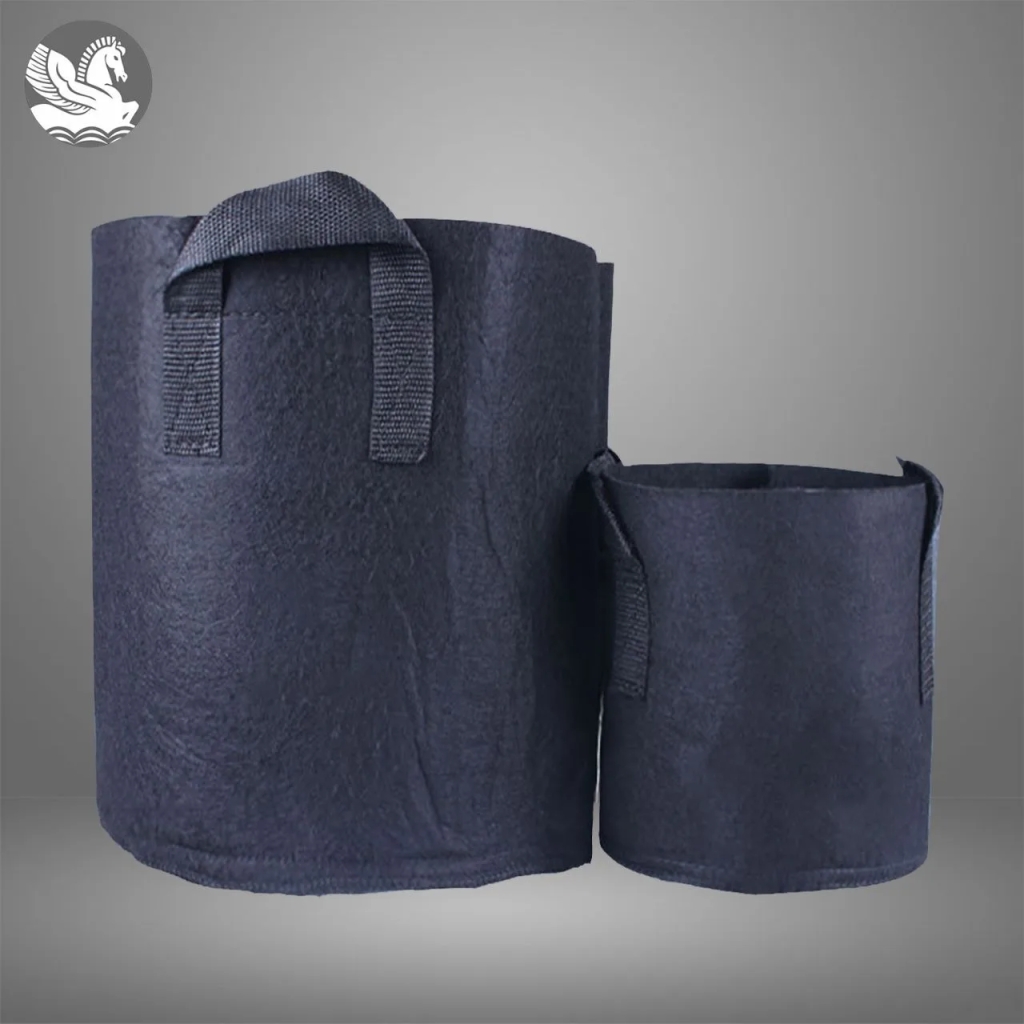
Accessibility: Ensure that your grow bags are easily accessible for watering, fertilizing, and monitoring. Placing them too far from a water source or in an inconvenient location may hinder maintenance tasks.
Space Considerations: Arrange your grow bags in a way that provides enough space for plants to grow and spread their foliage without overcrowding. Proper spacing promotes good air circulation and prevents the spread of diseases.
Consider these factors when determining the best location for your grow bags, and you’ll create an environment conducive to healthy plant growth and productivity.
Planting in Grow Bags
Planting in grow bags is a straightforward process, but a few tips can help you achieve optimal results. Follow these steps to ensure successful planting:
Choose Appropriate Plants: Select plants that are well-suited for grow bags. Consider the mature size of the plants, their root structure, and their light and temperature requirements.
Fill the Bags: Fill the grow bags with the prepared growing medium, leaving a few inches of space from the top to facilitate watering.
Planting Depth: Dig a hole in the growing medium that is deep enough to accommodate the plant’s root ball. Place the plant in the hole, ensuring the crown is at the same level as the medium’s surface.
Backfill and Firm the Soil: Gently backfill the hole with the growing medium, pressing it lightly to eliminate air pockets around the roots. Ensure the plant is well-supported and upright.
Water Thoroughly: After planting, water the grow bags thoroughly until water drains from the bottom. This helps settle the growing medium and ensures good root-to-soil contact.
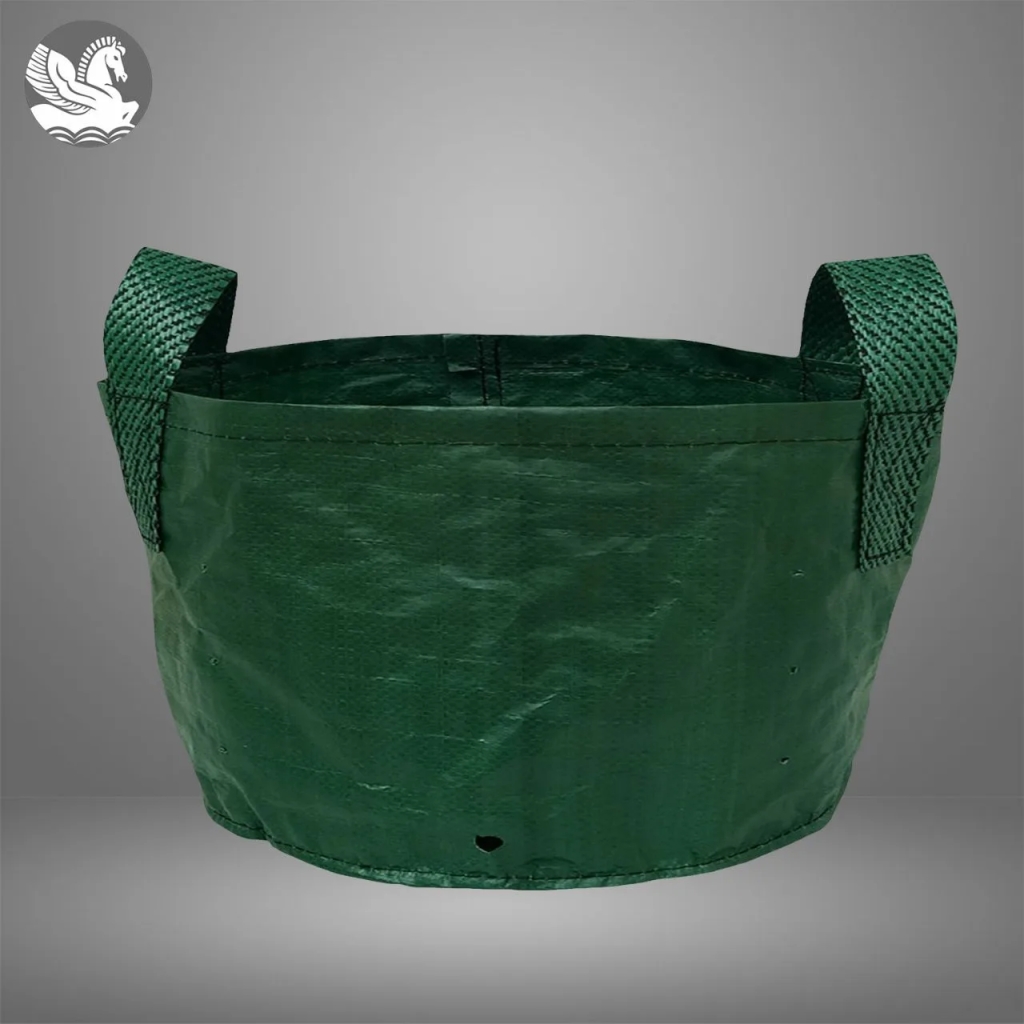
By following these steps, you can effectively plant your desired plants in grow bags and set them up for optimal growth and development.
Watering and Drainage
Proper watering and drainage are crucial for maintaining healthy plants in grow bags. Here are some guidelines to ensure you get it right:
Monitor Moisture Levels: Check the moisture levels in the grow bags regularly. Insert your finger into the growing medium to gauge if it feels dry or moist. Water when the top inch of the medium feels dry.
Watering Frequency: The watering frequency depends on several factors such as plant species, weather conditions, and growing medium. As a general rule, water deeply but infrequently to encourage deep root growth.
Watering Techniques: Direct water at the base of the plant to prevent wetting the foliage excessively. Aim for slow, deep watering to allow the water to penetrate deep into the growing medium.
Drainage and Avoiding Waterlogging: Ensure that the grow bags have sufficient drainage holes at the bottom. This prevents waterlogging and allows excess water to drain freely. Avoid overwatering, as it can lead to root rot and other moisture-related issues.
Maintaining a proper balance of moisture in your grow bags is essential for plant health and growth. Regular monitoring and appropriate watering techniques will help you achieve optimal results.
Fertilizing Your Plants
To maximize plant growth and ensure an abundant harvest, providing adequate nutrition is essential. Here’s how you can effectively fertilize your plants in grow bags:
Choose the Right Fertilizer: Select a balanced fertilizer that matches the nutrient requirements of your plants. Consider using slow-release or organic fertilizers for a sustained nutrient supply.
Follow the Fertilizer Instructions: Read and follow the instructions on the fertilizer packaging carefully. Different fertilizers have varying application rates and schedules, so it’s crucial to adhere to the recommended guidelines.
Application Techniques: Apply the fertilizer evenly around the base of the plants, avoiding direct contact with the stems or foliage. Water the grow bags thoroughly after fertilization to help the nutrients penetrate the growing medium.
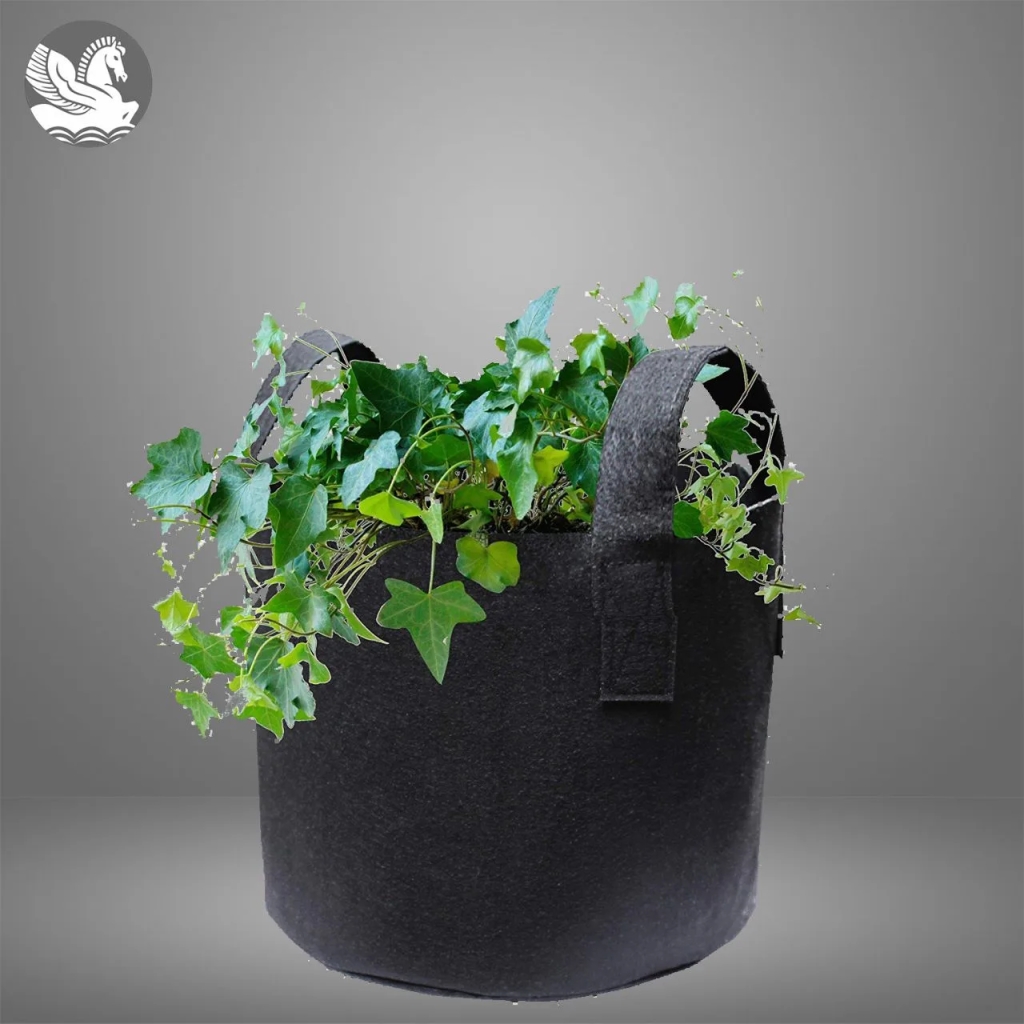
Supplementing with Organic Matter: Incorporate organic matter, such as compost or well-rotted manure, into the growing medium to improve its fertility. Organic matter enriches the soil, promotes beneficial microbial activity, and enhances nutrient availability.
Remember to monitor your plants’ nutritional needs and adjust the fertilization schedule accordingly. Proper fertilization promotes healthy growth and ensures robust plants.
Managing Pest and Disease Issues
While grow bags can minimize certain pest and disease problems, it’s essential to remain vigilant and take preventive measures. Here are some strategies for managing common issues:
Regular Monitoring: Inspect your plants regularly for any signs of pests or diseases. Early detection allows for prompt intervention and better chances of successful control.
Companion Planting: Consider planting companion plants that naturally repel pests or attract beneficial insects. For example, marigolds can deter aphids, and basil can repel mosquitoes.
Organic Pest Control: If pest issues arise, opt for organic pest control methods first. These include using neem oil, insecticidal soaps, or introducing beneficial insects like ladybugs or praying mantises.
Disease Prevention: Minimize the risk of diseases by practicing good hygiene in your garden. This includes removing diseased plant material promptly, sanitizing tools, and avoiding overhead watering to reduce foliage moisture.
Crop Rotation: Rotate your crops annually to disrupt pest and disease life cycles. This practice helps prevent the buildup of pathogens and pests that target specific plant families.
By adopting these preventive measures and promptly addressing any pest or disease issues, you can maintain healthy plants in your grow bags and minimize the need for harsh chemical interventions.
Transplanting and Reusing Grow Bags
Transplanting plants from grow bags or reusing the bags for subsequent seasons is entirely possible with proper care. Follow these steps to transplant or reuse your grow bags effectively:
Transplanting: Gently remove the plant from the grow bag, taking care not to damage the roots. Dig a hole in the new planting location that is deep and wide enough to accommodate the root ball. Place the plant in the hole, backfill with soil, and water thoroughly.
Reusing Grow Bags: After harvesting or at the end of the growing season, empty the grow bags and clean them thoroughly. Inspect the bags for any signs of damage, such as tears or worn-out handles. Replace or repair as necessary.
Sterilization for Reuse: To eliminate any potential pathogens, soak the grow bags in a diluted bleach solution (1 part bleach to 9 parts water) for 10 minutes. Rinse thoroughly and allow them to air dry before reuse.
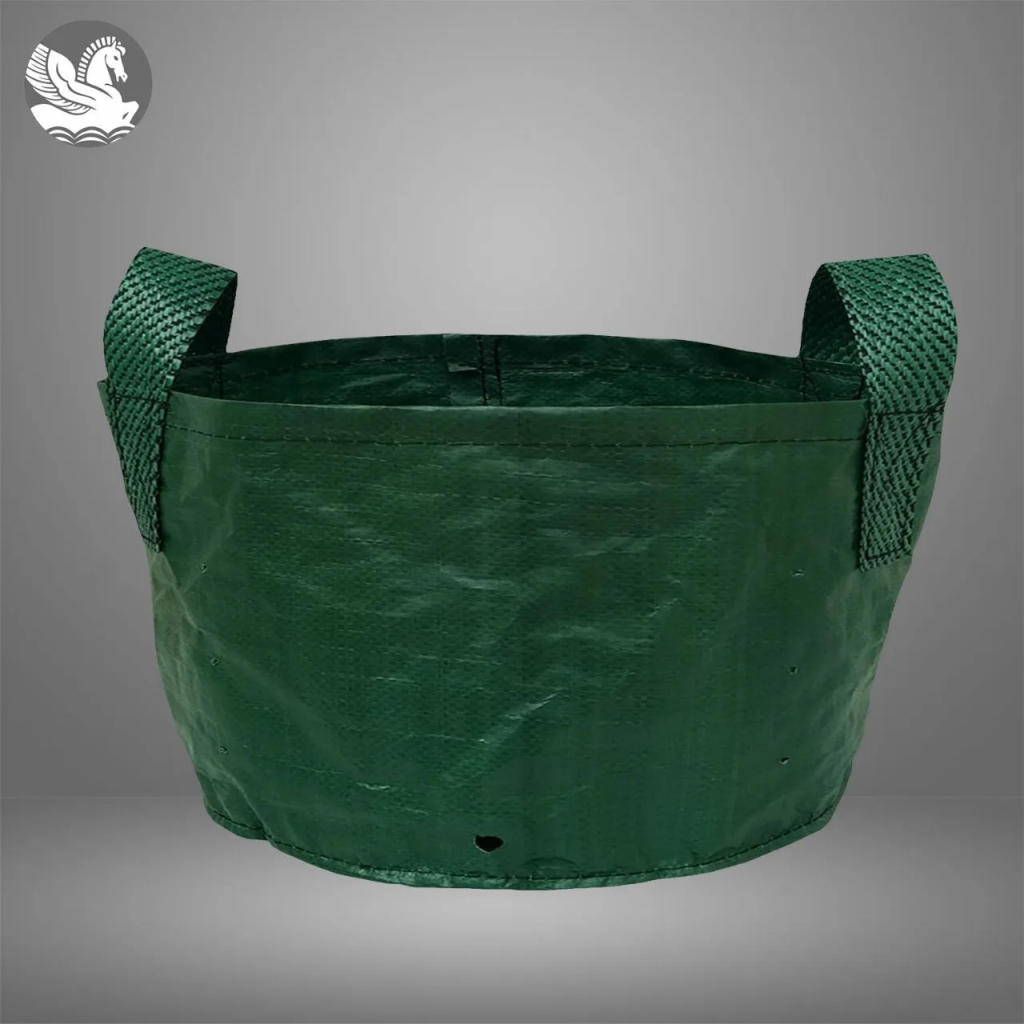
Refreshing the Growing Medium: Before reusing the grow bags, consider replacing a portion of the growing medium with fresh soil or compost. This replenishes the nutrient content and helps maintain good soil structure.
By following these steps, you can successfully transplant plants from grow bags or reuse the bags for future gardening seasons, maximizing their utility and minimizing waste.
Common Mistakes to Avoid
When using grow bags in your gardening practice, it’s essential to be aware of common mistakes that can hinder plant growth. Avoid these pitfalls for optimal results:
Overwatering: Excessive watering can lead to waterlogged soil, root rot, and plant decline. Always check the moisture levels in the grow bags before watering and ensure proper drainage.
Inadequate Drainage: Insufficient drainage can result in waterlogging and oxygen deprivation for the roots. Ensure the grow bags have enough drainage holes and use a well-draining growing medium.
Lack of Nutrient Supplementation: While grow bags provide excellent aeration and drainage, they may require additional nutrient supplementation. Regularly fertilize your plants to ensure they receive adequate nutrition.
Insufficient Sunlight: Insufficient sunlight can lead to weak and spindly plants. Ensure your grow bags receive the recommended hours of direct sunlight per day for optimal growth.
Overcrowding: Planting too many plants in a single grow bag can restrict root growth and lead to competition for resources. Follow the recommended spacing guidelines for each plant type.
Neglecting Pest and Disease Management: Ignoring pest and disease issues can quickly escalate the problem and damage your plants. Regularly monitor and take appropriate preventive measures.
By avoiding these common mistakes, you can optimize your gardening experience with grow bags and ensure healthy plant growth throughout the growing season.
Frequently Asked Questions (FAQs)
Q: Are grow bags suitable for all types of plants?
Yes, grow bags are suitable for various types of plants, including vegetables, herbs, flowers, and small shrubs. Ensure you choose the appropriate size of grow bags for the specific plants you intend to grow.
Q: Can I reuse grow bags?
Absolutely! Grow bags can be reused for multiple seasons with proper care and maintenance. Clean them thoroughly after each use, inspect for any damage, and sterilize if necessary before reuse.
Q: How often should I water plants in grow bags?
The watering frequency depends on various factors such as plant type, weather conditions, and growing medium. As a general guideline, check the moisture levels regularly and water when the top inch of the growing medium feels dry.
Q: Can I grow plants in grow bags indoors?
Yes, grow bags can be used indoors, provided there is adequate sunlight or artificial lighting available. They are an excellent option for indoor gardening, balcony gardening, or small spaces.
Q: How do I prevent pests in grow bags?
To prevent pests in grow bags, practice good garden hygiene, monitor your plants regularly, and consider companion planting. Organic pest control methods and the introduction of beneficial insects can also help keep pests at bay.
Q: Can I grow fruit trees in grow bags?
Yes, certain fruit trees can be grown in grow bags, especially smaller varieties or those suitable for container gardening. Ensure you choose a large enough grow bag to accommodate the tree’s root system.
Conclusion
Congratulations! You’re now equipped with a comprehensive guide to revolutionize your gardening experience with grow bags. From understanding the benefits and selecting the right grow bags to practical tips for planting, watering, fertilizing, and managing pests, you have the knowledge to maximize plant growth and achieve bountiful harvests.
Remember to consider the specific needs of your plants, monitor their growth regularly, and adjust your gardening practices accordingly. With proper care and attention, your plants in grow bags will thrive and reward you with a flourishing garden.
Useful Articles Link
Affordable Grow Bags Online: Enhance Your Gardening with Singhal Industries
Why Singhal Industries Grow Bags are the Best for Terrace Gardens?
Leave a comment